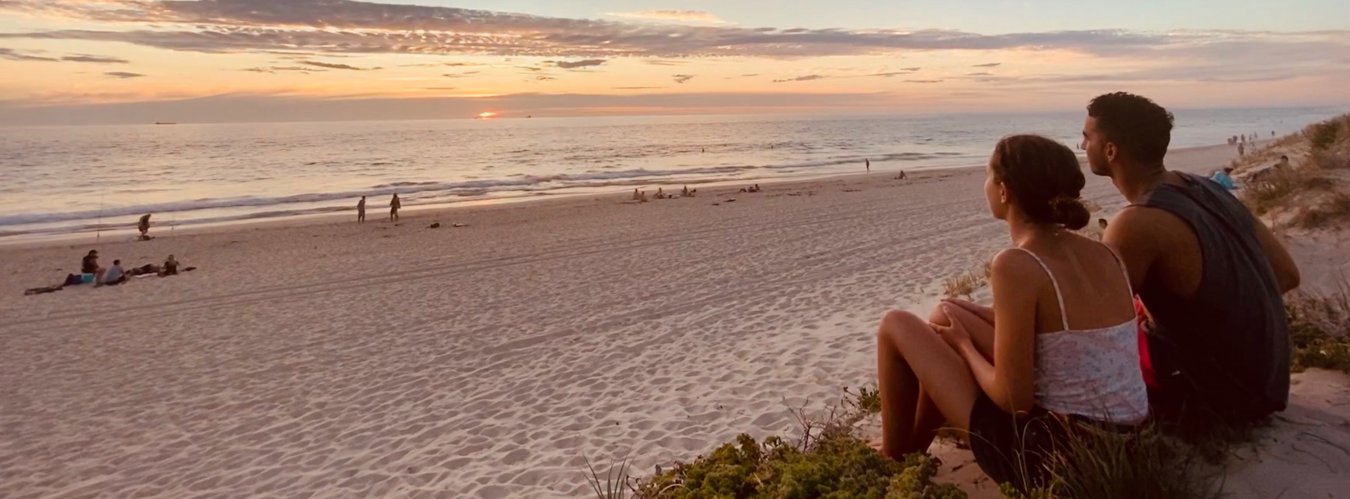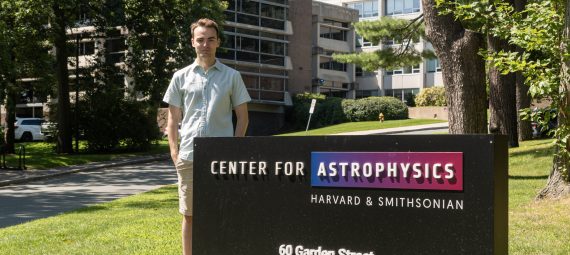I have spent the last year in Boston completing my research year for MPhys Physics with Astronomy. I had a wonderful time studying abroad, and I hope to share some of my experiences in this blog. As the opportunity is only offered to a few students each year, I will give you some advice about how to get onto this program and how to make the best of it.
This research year consists of 9 months of independent research with the guidance of astrophysicists at the Harvard & Smithsonian Center for Astrophysics (CfA) in Boston. The opportunity is offered to the top 5 MPhys Physics with Astronomy students with a minimum average grade of 70% across all years of study. In addition to undertaking research alongside astrophysics experts at the top of their field, is the opportunity to display your work at the American Astronomical Society (AAS) conference in January. The conference changes location each year, and this year was held in New Orleans in Louisiana. This was a great opportunity to explore other research topics, to meet other researchers and to spend time in New Orleans.

You will spend most of your time working at the main building of the CfA at 60 Garden Street, Cambridge. At first it felt very strange to be a student working amongst researchers from across the globe, working on their own projects or collaborations. However, it wasn’t long until I felt part of the CfA and contributing to the academic community as a whole. Something that helped significantly was the lunch talks, where almost every day there are multiple lectures and speeches given by members in different fields that speak about their ongoing research and the results they have found. Food is also provided, which is another good incentive to go to as many as possible 😉.
The project you undertake will be unsolved, and as with all research – anything can happen. While this can seem daunting at first, there than 850 astrophysicists across the CfA at the forefront of their fields who are incredibly welcoming and more than happy to help you with your project. Especially your supervisor, who proposed the project that you chose, and wants to help you reach a result – no matter what that result is.


Before I started my research year abroad, I don’t think I fully understood how collaborative and yet self-driven it would be. While you supervisor(s) propose the initial project direction, in research there is no certainty to the results or progress of any project. As a result, the final project can be very different from when you start it. Also, it is you undertaking the research as your masters project, so you can work with your supervisor to take the project in a direction if you have some different ideas that you both agree with. However these projects are ultimately self-driven, your supervisor will not check up on your progress every day. It requires you to be motivated and excited about your work, and the resilience to see it through.
One of the final parts of your research year abroad is to give a 10-minute presentation in May at the High Energy Astrophysics lunch talk. This is an opportunity to present the findings from your year’s work before you come back to the UK. Once you arrive back in the UK you then give a longer presentation of your work to a mix of Southampton Physics professors, post-docs, and any interested students from the Physics and Astronomy Faculty.
As well as the academic side, I thoroughly enjoyed living in a new country and experiencing their culture. Boston is a brilliant mix of both historic areas such as Harvard University and Bunker Hill, as well as the modern city centre. Fortunately, Southampton rent a house for the five students on the research year abroad programme, so we didn’t need to look for accommodation. It’s in the lovely area of Somerville, just outside of Boston and only a 30-minute walk from the CfA. Both Porter Square and Davis Square are only a few minutes’ walk away, where many pubs, shops and restaurants are located. We especially enjoyed the weekly pub quizzes at Mike’s in Davis Square – although some of the questions did require an intimate knowledge of American culture.
Everyone was extremely welcoming, inviting us to a street party within the first few weeks of our arrival. It was a great opportunity to get to know the families on our street and to get tips on local food and activities. In November, we got to experience our first Halloween in the US with over 2,000 children and parents visiting our road, and almost every house was lit up with decorations and large glowing inflatables. It was a real carnival atmosphere.

As with most houses in Somerville and a lot of New England, our house was divided into two separate apartments. We lived on most of the first and second floors, while our landlords lived on the ground floor, with separate doors inside the porch. This meant we became very close to our landlords, having many dinners and barbeques together, as well as sharing Thanksgiving. They were incredibly welcoming and accommodating, and even took us on trips to explore Boston and New England, (and to Costco which was a lifesaver). Having them there all year to support us was such a help and made the transition to living in a new country much easier.

Boston is a very walkable and green city, with a significant amount of bike infrastructure. It’s the most pedestrian-friendly city I’ve seen in the US. It is known for its’ large sports culture, including Ice hockey (Bruins), Baseball (Red Socks) and Basketball (Celtics). I couldn’t have chosen a better city to spend my final year as a student in. I hope any student considering going to Boston as part of the 4 year MPhys astronomy course or on a year abroad takes the opportunity and enjoys it as much as I did.
Alex

